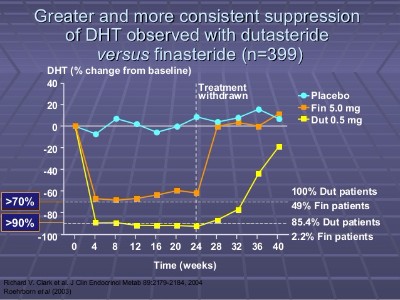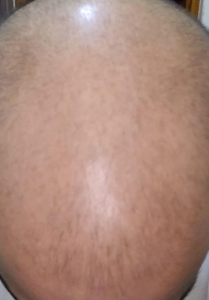Over the years, I have mentioned a number of times that people with androgenetic alopecia (AGA) tend to have higher rates of scalp itching, dandruff, seborrheic dermatitis, sebum production and inflammation. I feel that treating these conditions can improve the chances of your hair follicles surviving the onslaught of dihydrotestosterone (DHT) for a little longer.
I have also discussed my own positive experiences in treating dandruff with bestselling shampoos, in particular Nizoral and Head & Shoulders. Also see my summary on natural treatments for dandruff.
DHT and Skin Disorders
I was not planning to write this post, but earlier today I saw an interesting new video on DHT and skin disorders. It is an hour long and I only watched one-half of it (via the timestamp subjects that I found of most interest).
The narrator analyzes a number of studies and also discusses Clascoterone (Winlevi) and androgen receptor antagonist KX-826 (Pyrilutamide). I find the video a bit disjointed, but it is a great overall effort. He covers acne, dermatitis, overactive sebaceous glands (and their suppression), scalp inflammation and other DHT-mediated skin disorders.
Of particular note, the video specifically breaks out Clobetasol (a corticosteroid) and Tacrolimus (an immunosuppressive agent) to combat scalp inflammation. Clobetasol propionate shampoos can be purchased online, but require a prescription. The same is the case with Tacrolimus ointments and creams. Do make sure to talk to your dermatologist if you ever try such products. And watch out for any potential side effects, especially with long term use.

